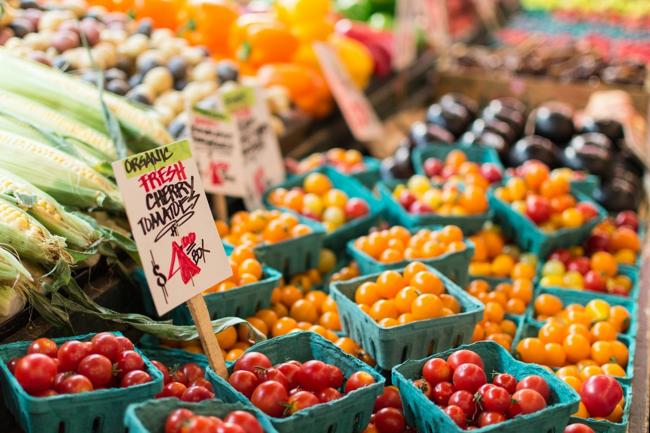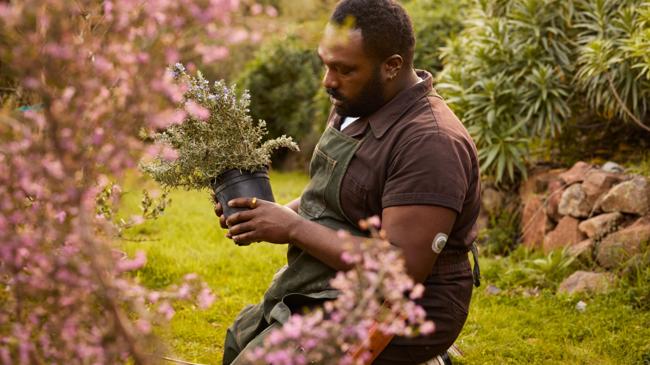Summary
Pierce County offers seniors $80 vouchers for fresh produce through SFMNP to support local farming and improve senior nutrition, with eligibility based on age and income. Applications are accepted online,
Source: Hoodline

AI News Q&A (Free Content)
Q1: What is the purpose of the Senior Farmers’ Market Nutrition Program (SFMNP), and who qualifies for the $80 produce vouchers in Pierce County?
A1: The Senior Farmers’ Market Nutrition Program (SFMNP) aims to improve access to fresh, locally grown fruits and vegetables for low-income seniors while supporting local agriculture. In Pierce County, eligible seniors are those aged 60 or older (or 55+ for Native Americans) with incomes no more than 185% of the federal poverty level. Qualified participants receive $80 vouchers for use at participating farmers’ markets and roadside stands between May 1 and October 1, 2024.
Q2: How does the SFMNP benefit both seniors’ nutrition and the local farming economy?
A2: SFMNP benefits seniors by providing financial support to purchase fresh produce, which helps improve their dietary quality and overall nutrition. For local farmers, the program increases revenue by injecting approximately $40 million annually into farmers’ markets nationwide, fostering economic growth and helping sustain local agricultural businesses.
Q3: What are the latest scholarly findings on the effectiveness of nutritional interventions for the elderly, particularly regarding undernutrition detection and prevention?
A3: Recent research highlights the importance of comprehensive monitoring systems to detect and prevent undernutrition among seniors. Innovative approaches, including regular nutritional assessment and tailored interventions, have demonstrated improved health outcomes by identifying risks early and providing personalized nutrition plans. These strategies are critical as the elderly population grows and faces increased risks of undernutrition-related health complications.
Q4: What does current regulatory guidance recommend regarding nutrition supplements for seniors?
A4: Regulatory agencies such as the USDA and the Food and Nutrition Service recommend that seniors prioritize obtaining nutrients from whole foods like fruits and vegetables. Supplements may be considered when dietary intake is insufficient, particularly for nutrients such as vitamin D, calcium, and B12, but should be used under medical supervision to avoid potential interactions or excesses.
Q5: How did the COVID-19 pandemic impact the nutritional health of vulnerable groups, such as low-income seniors and women?
A5: The COVID-19 pandemic exacerbated nutritional health disparities among vulnerable populations. Economic downturns reduced many individuals' ability to access healthy foods, especially for low-income seniors and women. Research indicates increased reliance on less nutritious options and a measurable decline in dietary quality, highlighting the importance of targeted nutrition assistance programs during economic crises.
Q6: What are the key considerations for integrating gender and time use in agricultural interventions aimed at improving household nutrition?
A6: Scholarly reviews suggest that agricultural interventions can improve nutrition if they empower women through increased decision-making, income, and access to time-saving technologies. However, if interventions increase women’s workload without supporting childcare and self-care, they may unintentionally reduce nutritional outcomes. Effective policies must balance gender equity, labor distribution, and nutrition goals.
Q7: Can genetic factors influence how seniors respond to dietary choline intake, and what are the implications for nutrition guidance?
A7: A 2025 cross-sectional study found that, in the general adult population, lower choline intake did not significantly correlate with elevated liver dysfunction markers, even when stratified by genetic variations in choline metabolism pathways. This suggests that broad nutrition guidance for seniors should focus on adequate choline intake from food sources, but personalized advice may be needed in cases of known genetic risk factors.
References:
- Farmers Market Produce for Pierce County Seniors – City of Sumner: https://sumnerwa.gov/farmers-market-produce-for-pierce-county-seniors/
- Senior Farmers Market Nutrition Program – Seniors Scene: https://www.seniorscene.org/80-for-healthy-food/
- Farmers’ Market Nutrition Program – Wikipedia: https://en.wikipedia.org/wiki/Farmers%27_Market_Nutrition_Program
- Empowering health in aging: Innovation in undernutrition detection and prevention through comprehensive monitoring – Journal of Nutrition, Health & Aging (2023)
- A Systematic Review on Women's Participation in Agricultural Work and Nutritional Outcomes – Pallavi Gupta (2025)
- Relationship of choline intake with biomarkers of liver health by genotype - a cross-sectional analysis (2025)
- Exploring the Relationship Between COVID-19 Induced Economic Downturn and Women's Nutritional Health Disparities – Alaa M. Sadeq (2023)





